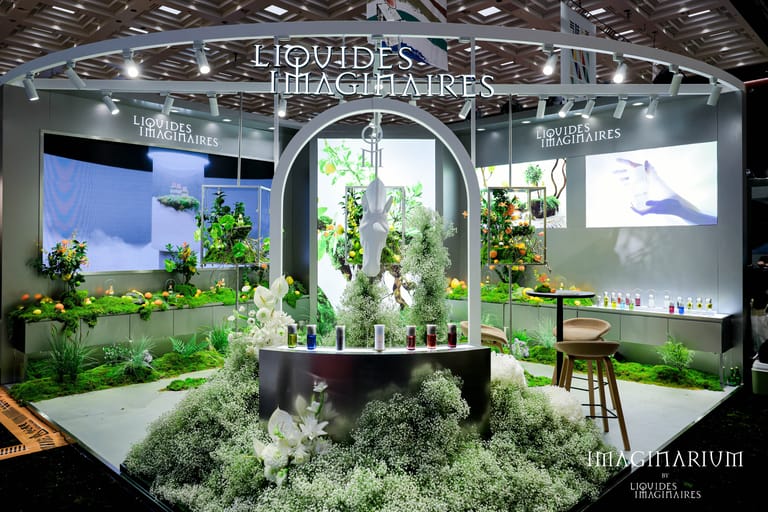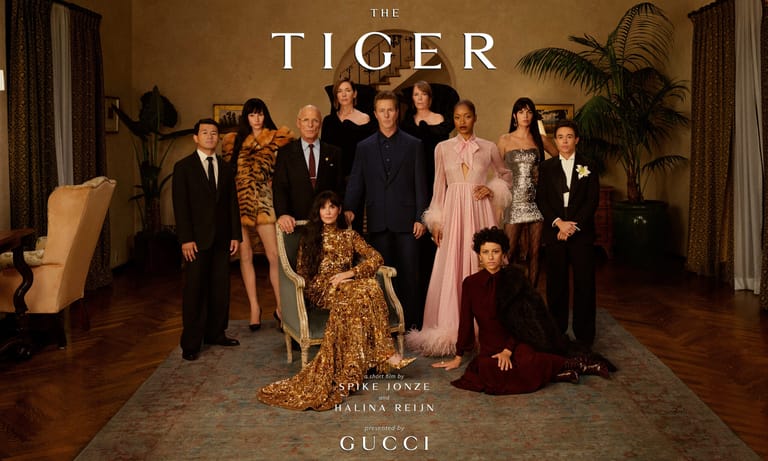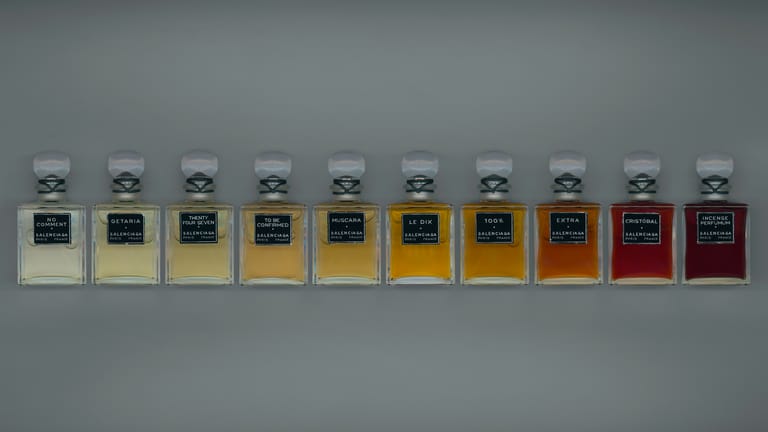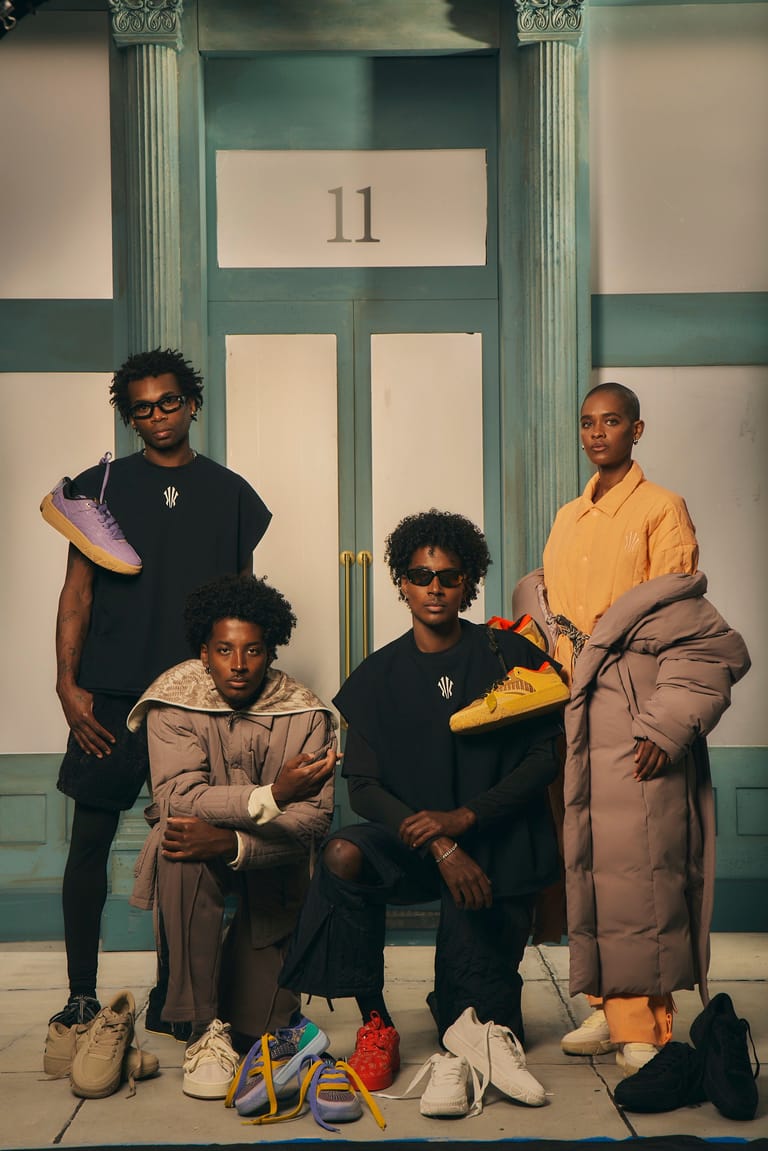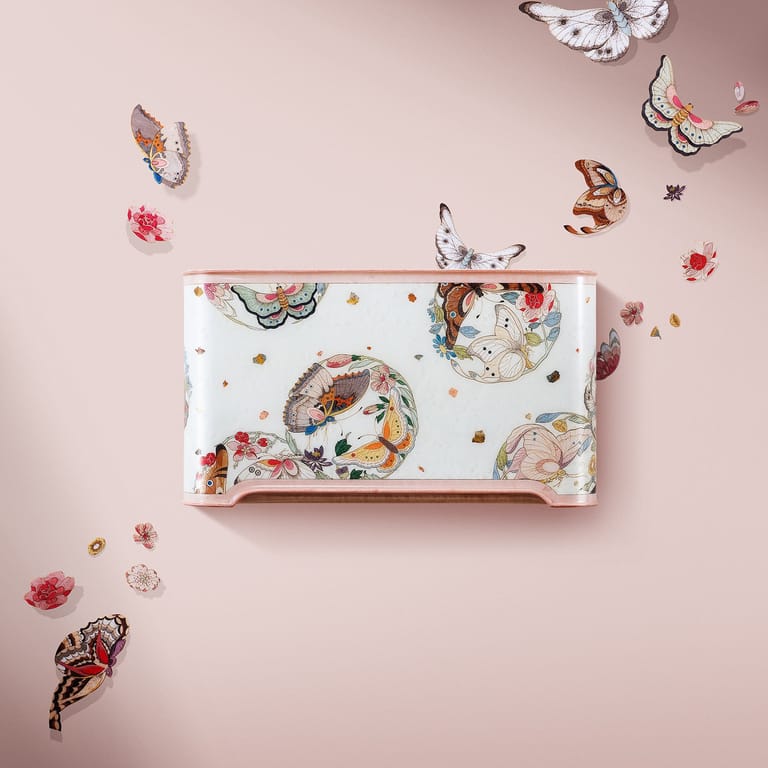Chinese Beauty Brands Surge as Japanese Giants Retreat
By
Charlie Gu

Published on
August 19, 2025
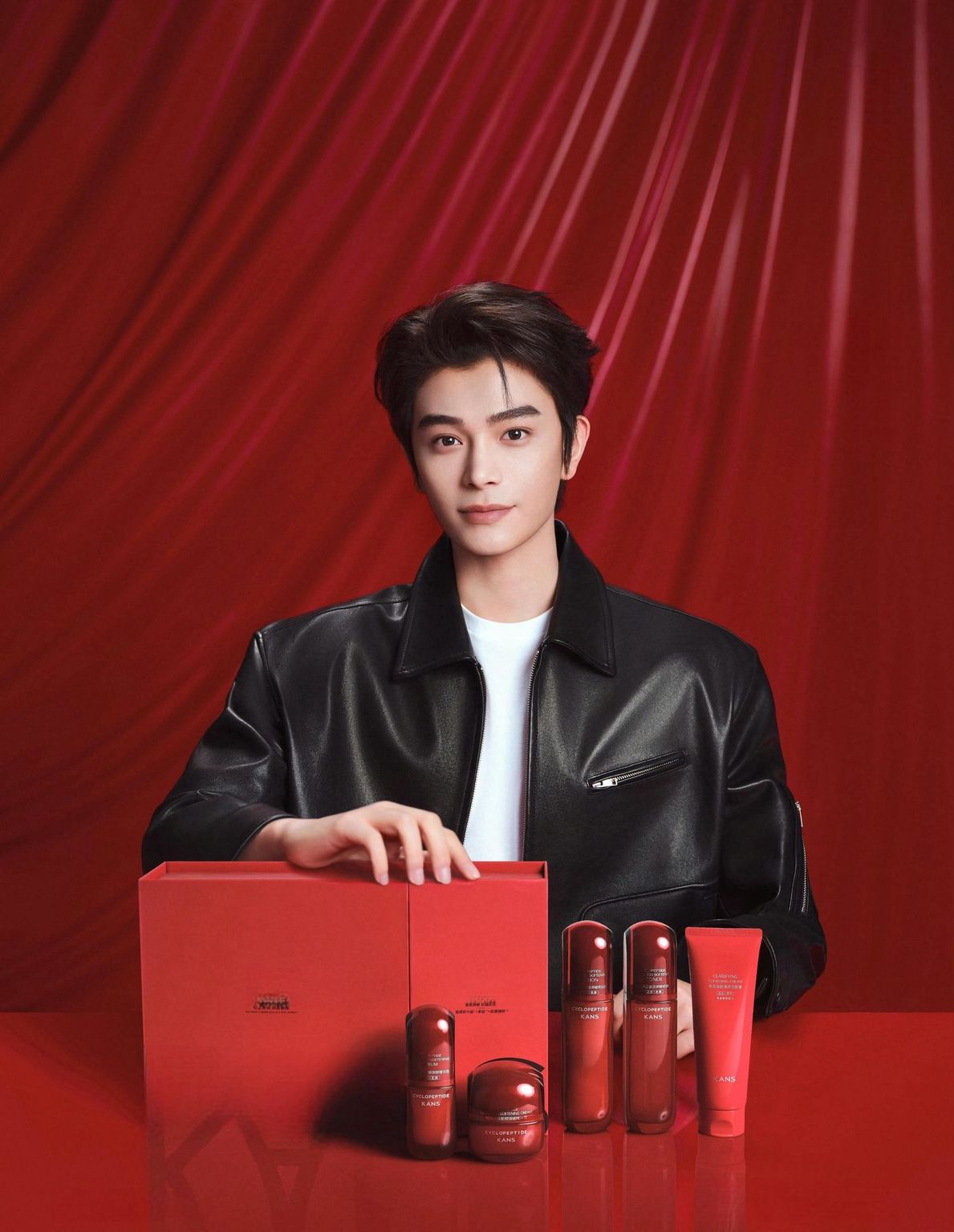
Chinese beauty brands are seizing the spotlight, competing fiercely for top market positions. Local players are surging as Japanese beauty brands face headwinds, while long-standing distributors like Sa Sa retreat from China’s offline retail landscape.
Beauty & Personal Care: Chinese Beauty Brands Breakthroughs
The strongest signals came from China’s own beauty ecosystem. Chicmax Group overtook Proya in market capitalization for the first time, reaching RMB 32.7 billion and solidifying its position as the most closely watched cosmetics stock of 2025. In biotech-driven personal care, Jinbo Biotech posted H1 revenue of RMB 859 million, up 42.4% year-on-year. Its growth was powered by RMB 708 million in medical device sales and RMB 121 million in functional skincare, underscoring how scientific innovation is underpinning new categories of growth.
At the same time, Japanese beauty brands continue to lose traction in China. Shiseido’s China and travel retail sales dropped 12.4% in H1, while Pola and Kosé also reported contractions. Hong Kong’s Sa Sa announced it will close all mainland China offline operations, marking a retreat from brick-and-mortar competition where domestic brands and e-commerce ecosystems now dominate. Together, these developments highlight the seismic shift of power toward local champions, who combine price accessibility, speed-to-market, and cultural resonance with digitally native distribution.
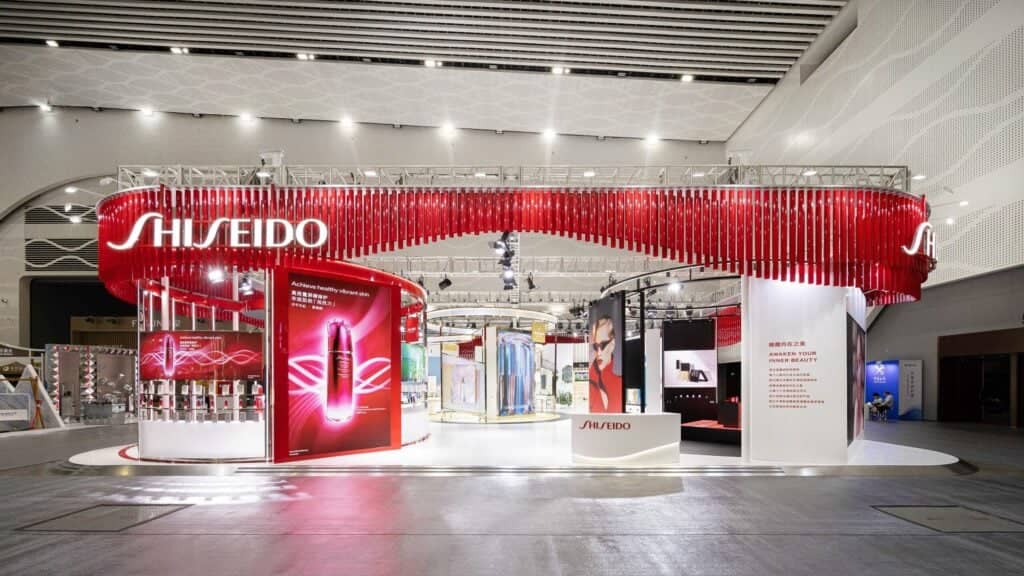
Luxury & Fashion: Pressure on Kering, Momentum at Tapestry
In luxury, the week’s headlines were no less sobering. S&P revised Kering’s credit outlook from “stable” to “negative,” citing Gucci’s prolonged struggles in Asia-Pacific, where revenues fell 22%. The downgrade underscores investor concern that Gucci’s brand reset under new artistic director Demna will take time to translate into results.
Not all players are stumbling. Tapestry reported record Q4 revenues of USD 1.7 billion, with Coach up 14%. Its performance highlights the dividends of brand clarity, disciplined positioning, and strong execution even amid a tougher Chinese consumer environment. The contrast with Kering is striking: resilience depends less on legacy and more on present-day relevance.
Sports & Athleisure: Growth Engines Still Roaring
Where luxury wavers, sportswear charges ahead. Brooks saw 80% revenue growth in China in Q2, reflecting strong demand among performance runners and urban lifestyle consumers alike. Asics reported Q2 net sales of JPY 194.4 billion, up 15.7%, with its Onitsuka Tiger division contributing meaningful gains. On Running surged 101% in APAC sales, cementing its position as one of the region’s fastest-growing sports brands. These results suggest that sports and wellness remain among the most resilient categories, driven by health consciousness, fashion crossover appeal, and growing participation in fitness culture across urban China.
Jewelry & Watches: Strengthening Leadership and Supply Chains
In jewelry and horology, the moves were more strategic than short-term. Chow Tai Fook appointed Belinda Wong, former Starbucks China CEO, as an independent non-executive director. The move brings one of China’s most experienced retail leaders onto its board at a time when jewelry players are adapting to a new era of consumer sophistication and digital engagement.
Meanwhile in Switzerland, Audemars Piguet acquired a majority stake in Inhotec, a precision manufacturer of watch components. By integrating upstream, AP aims to secure control over critical parts supply and ensure independence in its manufacturing chain — a sign of how even the most traditional maisons are hedging against supply-side vulnerabilities.
Sustainability & Digital: Reinvention and Intensifying Competition
Sustainability initiatives also made headlines. Ingka Group (Ikea’s parent) invested in Shanghai recycler Re-mall, boosting its capacity to handle recycled materials and create new products. This investment aligns with both China’s sustainability push and global circular economy commitments.
On the digital front, Douyin beauty is only getting more competitive. The threshold to enter the platform’s top 20 brands now sits near RMB 100 million in GMV, with 19 brands surpassing that mark. Notably, international brands have slid out of the top 10, as local players dominate with aggressive live-streaming and community-driven campaigns. Beyond China, TikTok deepened its partnership with Amazon, extending ad permissions to independent sellers and integrating “Buy with Prime” functionality — a move likely to reshape cross-border commerce dynamics.
Strategic Takeaways
- Chinese beauty brands are scaling rapidly with biotech innovation, cultural resonance, and market capitalization that rivals or surpasses long-established peers.
- Japanese beauty brands are facing headwinds in China, signaling how distribution models and brand narratives need reinvention.
- Luxury remains under pressure, with Gucci’s struggles dragging on Kering, even as Coach demonstrates how clarity and focus can drive growth.
- Sports and athleisure brands continue to outperform, capturing lifestyle-driven demand that transcends macroeconomic slowdown.
- Jewelry and watchmakers are moving strategically, strengthening governance and manufacturing independence to prepare for long-term resilience.
- Sustainability and digital ecosystems are becoming defining battlegrounds, where local Chinese brands are increasingly setting the pace.


